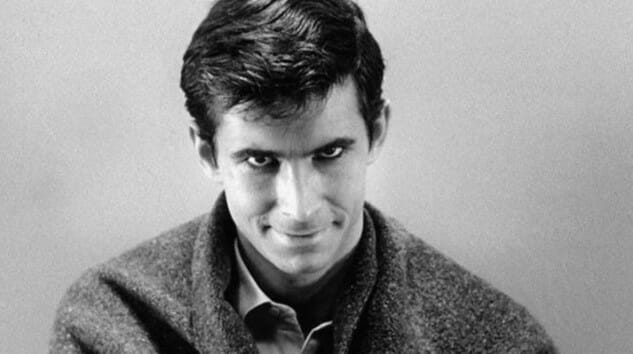The Best Horror Movie of 1960: Psycho

This post is part of Paste’s Century of Terror project, a countdown of the 100 best horror films of the last 100 years, culminating on Halloween. You can see the full list in the master document, which will collect each year’s individual film entry as it is posted.
The Year
As a new decade dawns, the horror genre is graced with one of its most monumental years, in terms of both quality and quantity of output. This is a true watershed moment, and in a lot of ways it rather feels like the genre suddenly “grows up” overnight. The schlocky drive-in pictures from the likes of William Castle remain, but even Roger Corman starts taking a page out of Hammer’s playbook here with more lavishly appointed productions. And at the top of the bill, you have a handful of certified classics. It really doesn’t get much better than this.
Indeed, there are almost too many horror films of merit in 1960 to discuss them in detail. Notably, Corman begins his “Poe series” here with House of Usher starring Vincent Price, the first in a series of collaborations that will also include more Poe stories like Masque of the Red Death, or even H.P. Lovecraft tales masquerading as Poe works, as in The Haunted Palace. Hammer releases its first sequel to Horror of Dracula, the somewhat diminished The Brides of Dracula, with Peter Cushing making an appearance as Van Helsing, while France’s Georges Franju produces the influential and visually unnerving Eyes Without a Face. Even Ingmar Bergman produces what could reasonably be referred to as a horror film, The Virgin Spring, a particularly brutal rape-and-revenge story that would set the stage for American grindhouse imitators like Wes Craven’s The Last House on the Left. Looking at a list of all the horror films produced in 1960, the sheer variety is mesmerizing—it’s a unique melange of the reimagined fears of yesteryear and the emergence of new, modern terrors.
One of the most important settings where those new horrors were emerging would prove to be Italy, where director Mario Bava released his first internationally famous work, Black Sunday. The story of a wicked witch who is betrayed by her brother and then returns from the grave 200 years later to seek revenge on her own descendents, it combined the neo-gothic stylings of Hammer Horror with the increasingly erotic sexploitation cinema bubbling up from Italy and Spain to set a sumptuous new precedent. Many of these same elements would be present in the popular rise of Italian giallo cinema, which would happen a few years later, with Bava again at the helm.
If there’s a single film in 1960 that could potentially challenge Psycho for the title, though, it’s Michael Powell’s Peeping Tom. The two films would appear to be thematically linked, although Peeping Tom has always been far less well known—they both revolve around atypical serial killers who are pleasant and cordial in their daily lives, but are driven to kill by a form of madness fixated around their relationship with a parent. Featuring experimental cinematography that would later become commonplace in the slasher genre, such as killer’s POV shots that hold throughout several kills—or more accurately, shots through the camera of the killer—the film proves to be one of the most formative of all the proto-slashers. In fact, although Psycho is often credited with being the film to most prominently inspire the eventual birth of the proper slasher movie, Peeping Tom displays more of the hallmarks of the genre, including a roster of female victims and a more prototypical variant on the “final girl.” Much of this was lost on audiences of the day, who didn’t turn out in droves to see Peeping Tom as they did Psycho, but the likes of Mario Bava, Dario Argento and even Hitchcock himself were certainly paying attention.
-

-

-

-

-

-

-

-

-

-

-

-

-

-

-

-

-

-

-

-

-

-

-

-

-

-

-

-

-

-

-

-

-

-

-

-

-

-

-

-








































